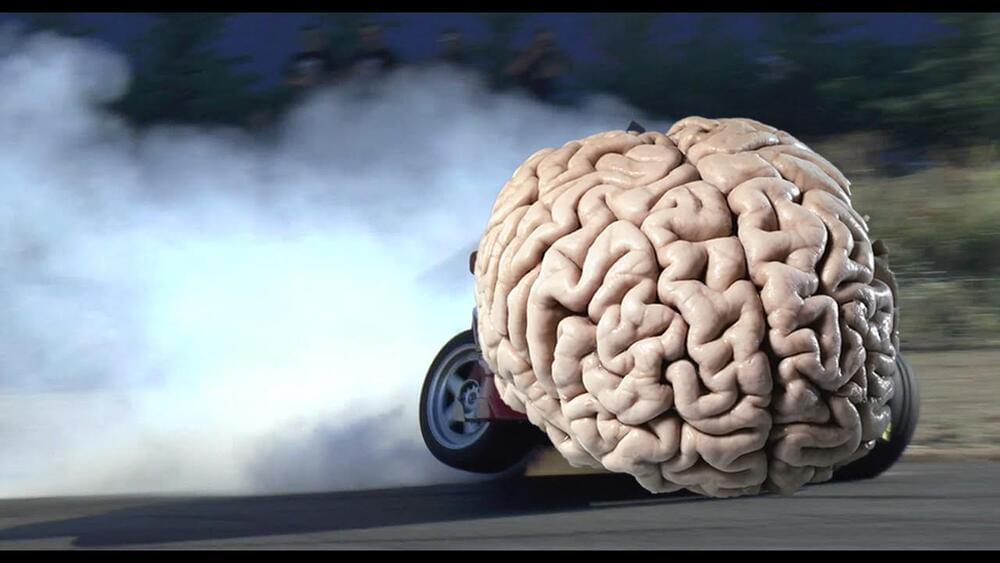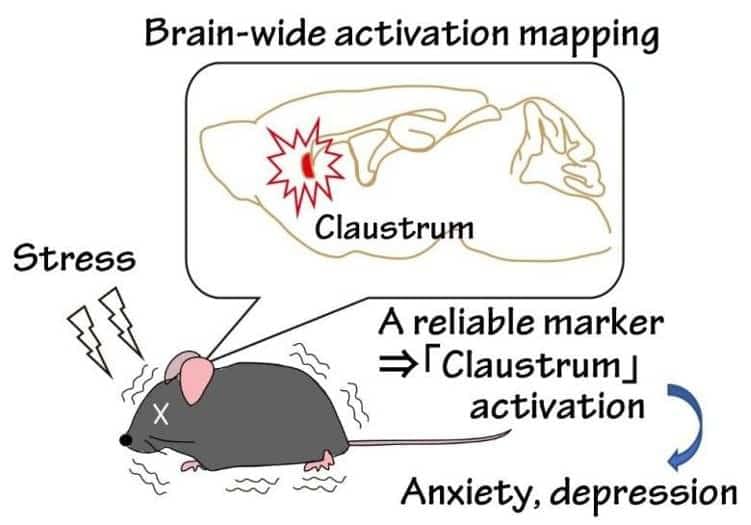Fabrication routes for high-performance pitch-based carbon fibers are identified through a comprehensive modeling framework.



Summary: AI technology helped map out diverse and subjective psychedelic experiences to different brain regions.
Source: The Conversation.
For the past several decades, psychedelics have been widely stigmatized as dangerous illegal drugs. But a recent surge of academic research into their use to treat psychiatric conditions is spurring a recent shift in public opinion.

R/IntelligenceSupernova — dedicated to techno-optimists, singularitarians, transhumanist thinkers, cosmists, futurists, AI researchers, cyberneticists, crypto enthusiasts, VR creators, artists, philosophers of mind. Accelerating now towards the Cybernetic Singularity with unprecedented advances in AI & Cybernetics, VR, Biotechnology, Nanotechnology, Bionics, Genetic Engineering, Optogenetics, Neuroengineering, Robotics, and other IT fields.
Join now: https://www.reddit.com/r/IntelligenceSupernova.
#Subreddit #IntelligenceSupernova

It will be a webcast live next month.
On April 25, two pilots, Luke Aikins and Andy Farrington will jump out of their single-seater aircraft and attempt to switch planes as they plummet towards the Earth, energy drink company, Red Bull has announced on its website.
Red Bull is no stranger to such daring attempts. Rather the company prides itself in supporting adventurers who want to achieve extraordinary feats. Whether it is flying planes inside tunnels or jumping in and out of a volcano with nothing but a wingsuit, Red Bull is at forefront of supporting these daredevils and next month is no different. April 25, two pilots will jump out of their single-seater aircraft and attempt to switch planes as they plummet towards the Earth.

States seeking electric vehicle charging station funds can calculate job creation.
With the sale of electric vehicles on the rise, the race is on to build a network of convenient, affordable electric vehicle charging stations to keep the cars running.
There are currently about 47,000 public charging stations across the country. As the administration rolls out its plan to build a network of 500,000 electric charging stations across the nation by the end of the decade, the number of charging stations will increase significantly — and quickly.
Scientists have developed a new artificial intelligence (AI) technology that models and maps the natural environment in intricate detail. Check out how this could help scientists in their work.


What can heal can also be used to destroy?
MegaSyn is built to generate drug candidates with the lowest toxicity for patients. That got Urbina thinking. He retrained the model using data to drive the software toward generating lethal compounds, like nerve gas, and flipped the code so that it ranked its output from high-to-low toxicity. In effect, the software was told to come up with the most deadly stuff possible.
He ran the model and left it overnight to create new molecules.
It was quite impressive and scary at the same time, because in our list of the top 100, we were able to find some molecules that are VX analogues

Summary: Using chemogenetic technology to deactivate a small group of neurons in the claustrum made mice more resilient against chronic stress and reduced anxiety behaviors.
Source: Osaka University.
It is well known that long-term exposure to stress can lead to serious psychiatric problems. However, the precise mechanisms underpinning the stress response have remained elusive.